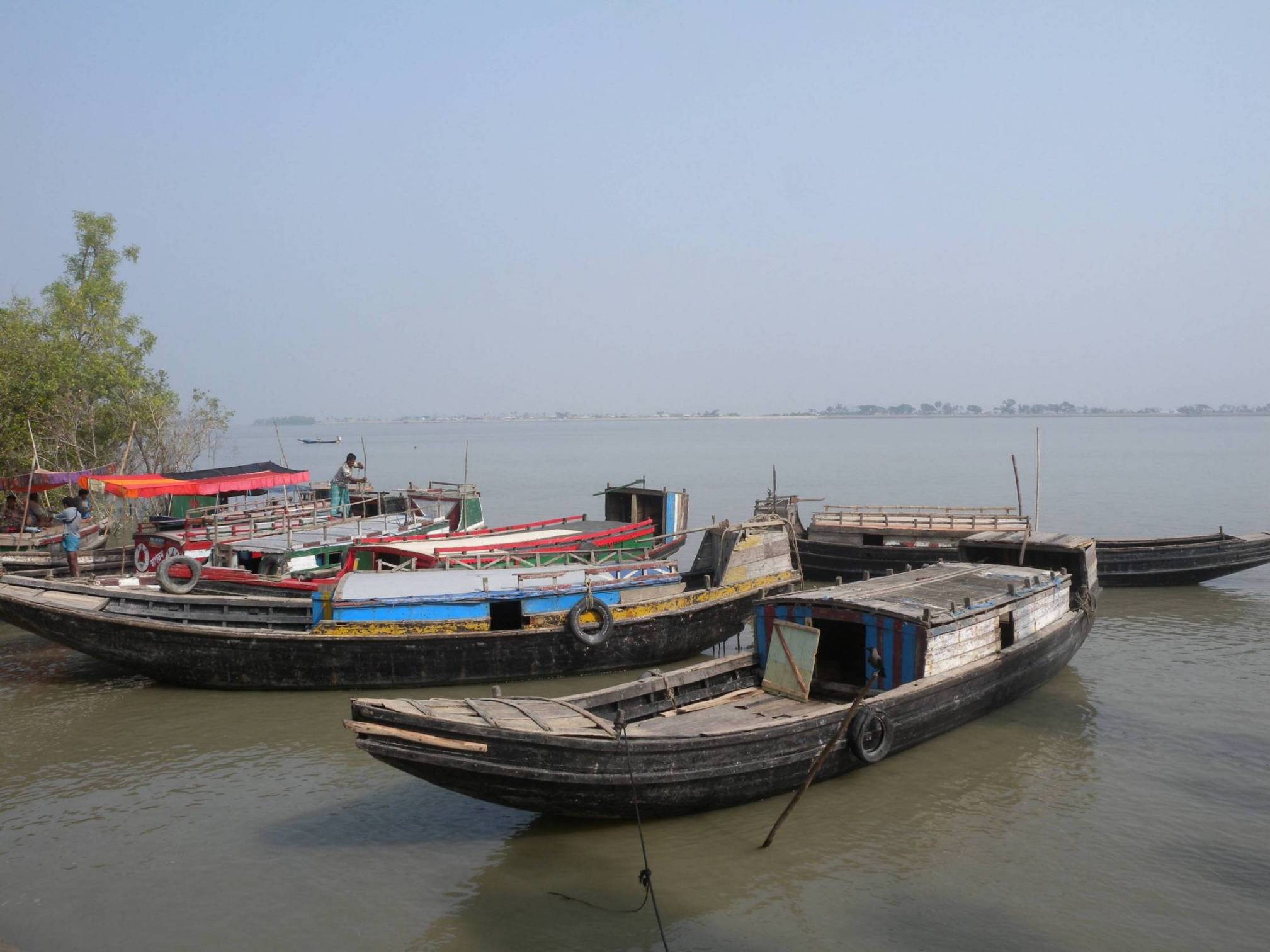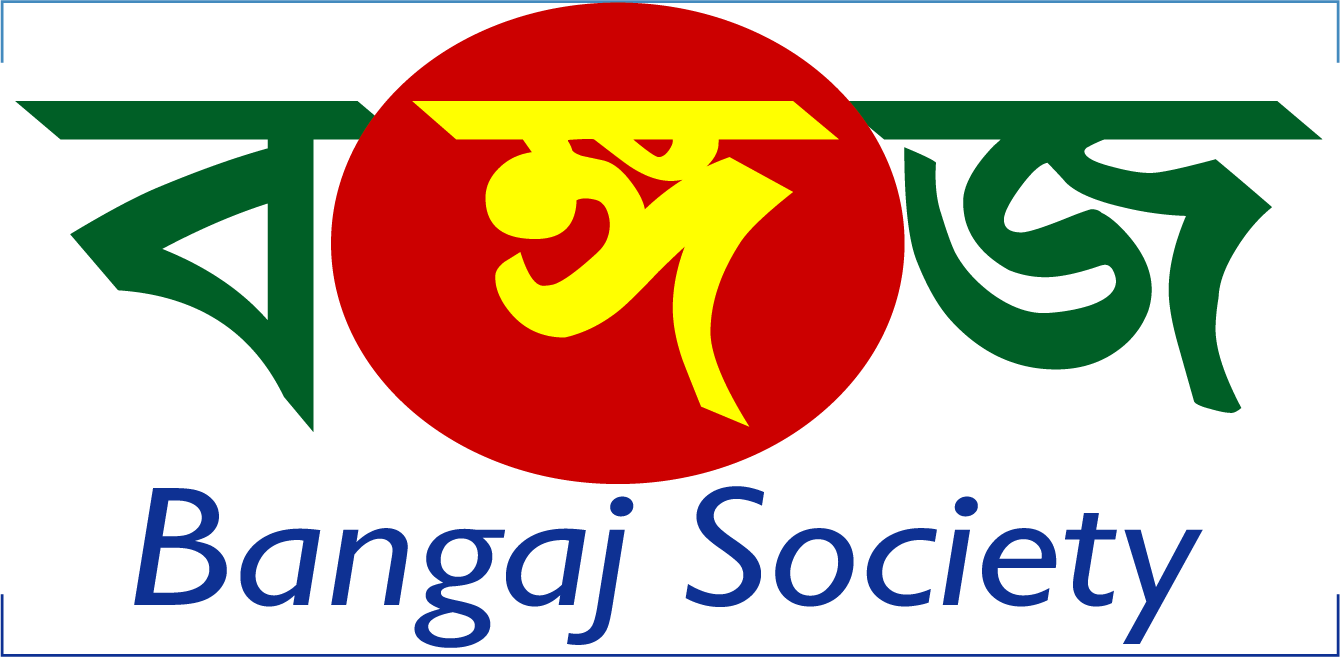
Bangladesh is regarded as one the largest deltas in the world. The country has a total of 57 trans boundary rivers coming down from neighboring countries (54 from India and 3 from Myanmar). It is situated at the lowermost part of the Ganges, the Brahmaputra and the Meghna river system. Almost one-fourth of the total areas of the country is less than seven feet above sea level. Due to the geographical location. The country is extremely vulnerable to climate change induced rapid and slow onset events due to its Geographical location. Floods, Flash Floods, Cyclones, Storm Surges, Salinity Intrusion, Extreme Temperature and Drought have direct impact on ‘Agriculture and Fisheries’ sectors of Bangladesh. As nearly two-thirds of the total population has direct and/or indirect involvement with these sectors, livelihoods of the rural communities are highly vulnerable. Due to extreme climatic events (water salinity, soil salinity, river bank erosion and frequent disasters) many inhabitants of the coastal districts was forced to migrate in quest of livelihood options and safe living conditions. The destinations chosen by the climate migrants are slum areas of the cities such as Dhaka, Khulna and Chattrogram . This climate induced displacement of population and rampant urbanization have further impact on society, environment and economy. Now is the time for taking proper courses of action to tackle the adverse impact of climate change on communities.
Programme Objectives:
- To reduce the causes and effects of Climate Change through protection of environment and bio-diversity
- To increase community resilience and adaptive capacity to climate change
- To halt internal migration of poor people from the most adverse climatic effect zone of Bangladesh.
- To reduced carbon dioxide equivalent greenhouse gas emissions
Strategies and Actions:
- Assessment of multi-hazards vulnerability (flood, river erosion, cyclone, waterlogging, thunder, scarcity of fresh water, fire, earth-quack etc.) for the targeted rural and urban community
- Awareness of community people, policy makers, service providers, local government, local community based institutions or organizations, media and other civil society organizations.
- Increase capacity of climate vulnerable population to adapt to climate change and mitigate its effects.
- Promotion of alternative green building technology and
- Promotion of indigenous management practices natural resource (water, land and forest) for protecting eco-system.
